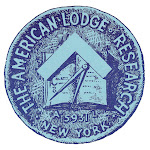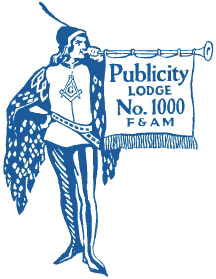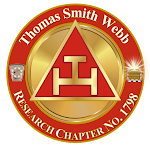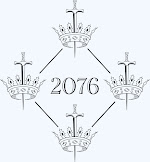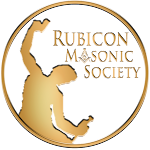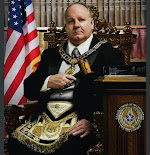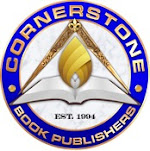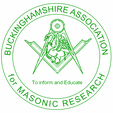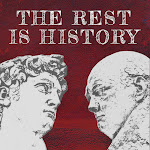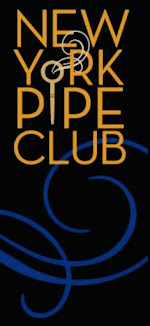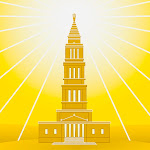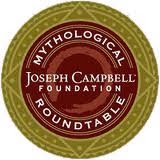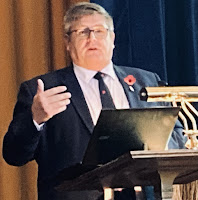 |
| The brethren in lodge assembled last Sunday. |
New Jersey Lodge of Masonic Research and Education reached a milestone last Sunday when our members gathered in the George Washington Masonic National Memorial in Alexandria, Virginia for our first Emergent Communication held outside New Jersey.
LORE, as it has become known, was opened in due and ancient form inside the South Lodge Room, home of Alexandria-Washington Lodge 22, with thirty-two brethren present, hailing from jurisdictions around the United States, including Connecticut, Georgia, Iowa, Massachusetts, New York, Ohio, Pennsylvania, and Virginia. In addition, Bro. Robert L.D. Cooper of Scotland and Bro. David Chichinadze of the Republic of Georgia were present too.
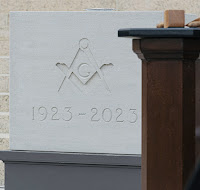 |
GWMNM photo Symbolic replica of the cornerstone. |
In fact, hundreds of Masons were in Alexandria that week to join the centenary celebration of the Memorial’s cornerstone-laying ceremony, which was re-enacted the following day. Related activities included the annual meeting of the Conference of Grand Masters of Masons of North America and the City of Alexandria’s George Washington Birthday Parade, which terminated at the Memorial this time.
Two presentations were heard that afternoon from our own Bro. Howard Kanowitz and from a very special guest speaker.
Bro. Kanowitz reprised his poem “Redemption at Gettysburg,” which he delivered for the first time at LORE’s inaugural Stated Communication. (Look for it in the pages of our first book of transactions.) The six-part epic tells of Freemasonry’s civilizing influence extending even into the horrors of combat during the Civil War.
The headliner was Bro. Shawn Eyer, a native of Academia Lodge 847 in California who has been in residence at the Memorial, serving as Director of Education. He also is Editor of The Philalethes, the quarterly periodical of the Philalethes Society, the independent historical and literary society, itself reaching its 95th anniversary this year. Bro. Eyer presented a research work titled “Holy Symbols, Infinite Wisdom: Freemasonry’s Mystical Ground Plan in Prestonian Thought.”
 |
Worshipful Master Craig thanks Shawn
for the valuable Masonic research and education. |
William Preston was the author of Illustrations of Masonry. First published in 1772, and reprinted numerous times in the ensuing years, Illustrations is widely thought to be the source material for much of the ritual we today use in our lodges, but he has not been celebrated universally. Nineteenth century writers, like Albert Mackey and Albert Pike, derided Preston, Eyer explained, alleging his ideas on Masonic rituals and symbols lacked any sophistication, particularly anything that could nourish a spiritual appetite. Eyer vindicated Preston’s writings by bringing to light texts that are supplemental to Illustrations.
 |
etymonline.com Illustrations does not mean only pictures. |
The long-forgotten writings, called the “Syllabus,” provide what Mackey and Pike most desired, as well as the thesis for Eyer’s eye-opening discussion that day. Suffice to say there was more to Preston’s thinking than architecture and physical senses.
 |
Two Georgia Masons:
Danny from the state and David from the country. |
LORE’s rental agreement for the room stipulated a limited time, so it was necessary for GLNJ’s Senior Grand Warden to close the lodge in ample form before the brethren exited into the hallways for chats and selfies. The LORE contingent divided into separate dinner parties headed for several restaurants in the area, with all the brethren doubtlessly feeling fraternally satiated by our meeting.






